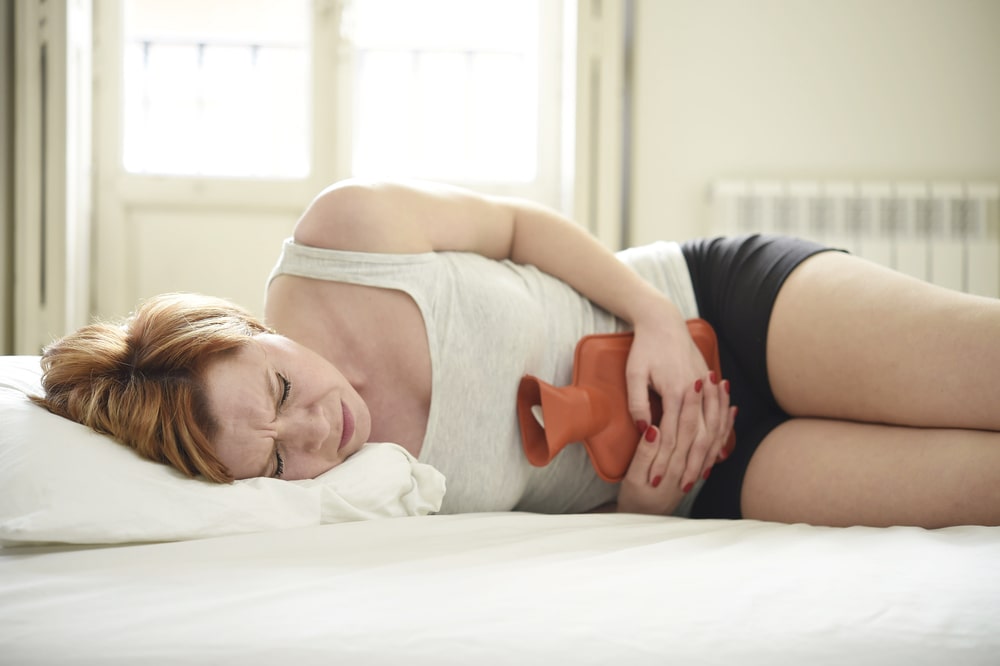
PAINFUL PERIODS ( DYSMENORRHOEA)
WHAT IS DYSMENORRHOEA?
It is the medical term for painful periods. These can occur as part of an otherwise normal menstruation cycle—this is known as primary dysmenorrhoea.
On the other hand, painful periods can be caused by a problem that has developed in the uterus (womb),
Such as fibroid tumors or infection and this is called secondary dysmenorrhoea.
WHAT ARE CAUSES OF PRIMARY DYSMENORRHOEA?
It is caused by high levels of prostaglandins, which are natural substances produced by the lining of the uterus.
One of the actions of prostaglandins is to cause the muscles of the uterus to contract tightly, thus producing cramping sensations.
The problem is associated with the onset of ovulation, which is when the ovary starts releasing eggs.
WHAT ARE SYMPTOMS?

Period pains vary a lot in strength and position. Some women have a dull, dragging pain in the abdomen or lower back, or in both areas; others have more severe cramping abdominal pain.
In some, the pain may be felt in front of the thighs.
The pain is worse at the beginning of the period and may even commence up to 12 hours before the menses appear. It usually lasts for 24 hours but may persist for 2 or 3 days. Some women may get nausea and vomiting, and in severe cases, fainting may occur.
WHAT ARE RISKS?
Dysmenorrhoea is very common, but most cases are mild and do not require medical attention. There is no risk at all unless it is a symptom of an underlying problem such as pelvic infection.
WHAT IS THE TREATMENT?
Studies indicate that taking 100 mg of vitamin B1 (thiamine) daily is worth trying. For most women painkillers such as paracetamol relieve the pain.
For the simple ineffective analgesics:
It is recommended to take an anti-inflammatory agent (such as naproxen or ibuprofen)
If the pain is severe, your doctor may prescribe a stronger analgesic that neutralizes the effect of prostaglandins. Taking the contraceptive pill usually stops dysmenorrhoea. It often disappears after you have a baby or as you get older
Keeping fit by leading a healthy lifestyle (including avoiding smoking and excessive alcohol and undertaking regular exercise) seems to help, as does practicing relaxation techniques such as yoga.
If you get severe pain, rest in bed. Simple measures such as placing a hot-water bottle over the painful area and curling your knees up to your chest as you lie on your side may provide relief
WHEN YOU SHOULD CONSULT YOUR DOCTOR?
Consult your general practitioner if the pain worsens or if you develop period pain following 3 or 4 years of relatively pain-free periods.
